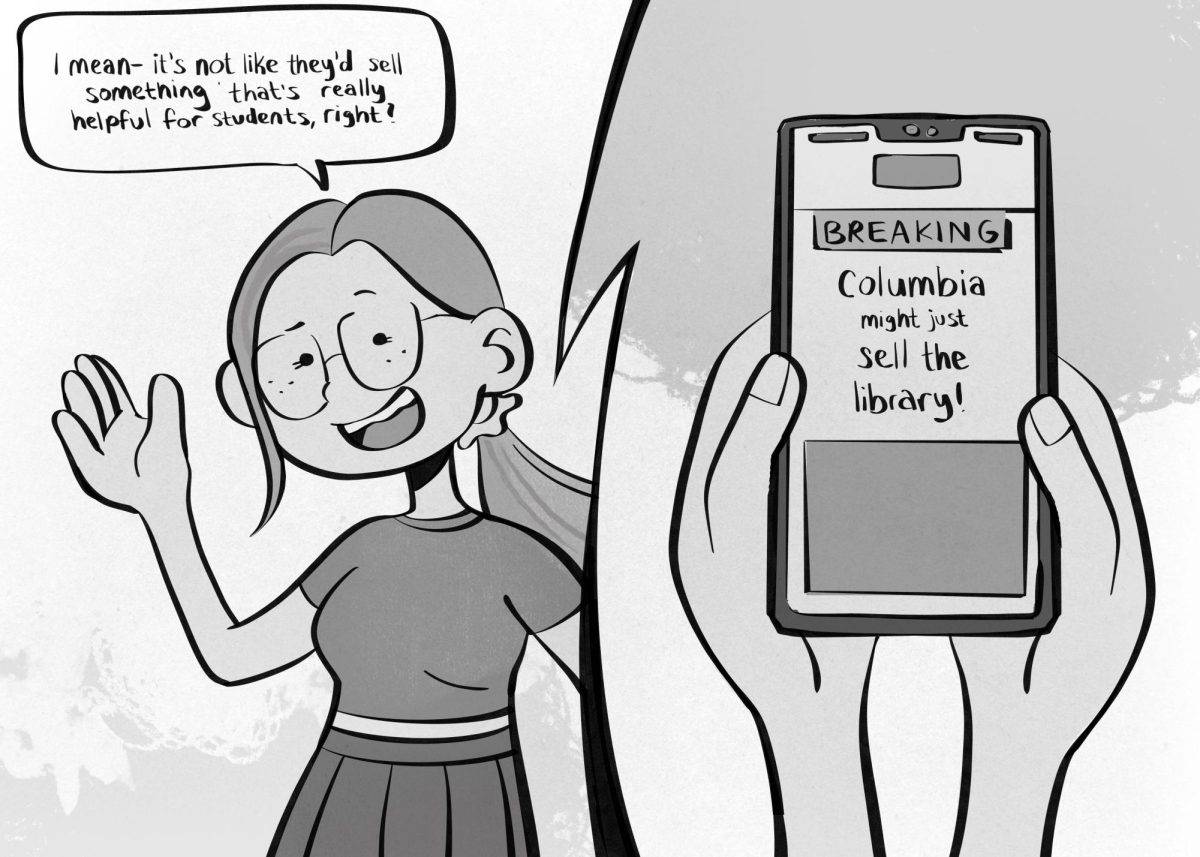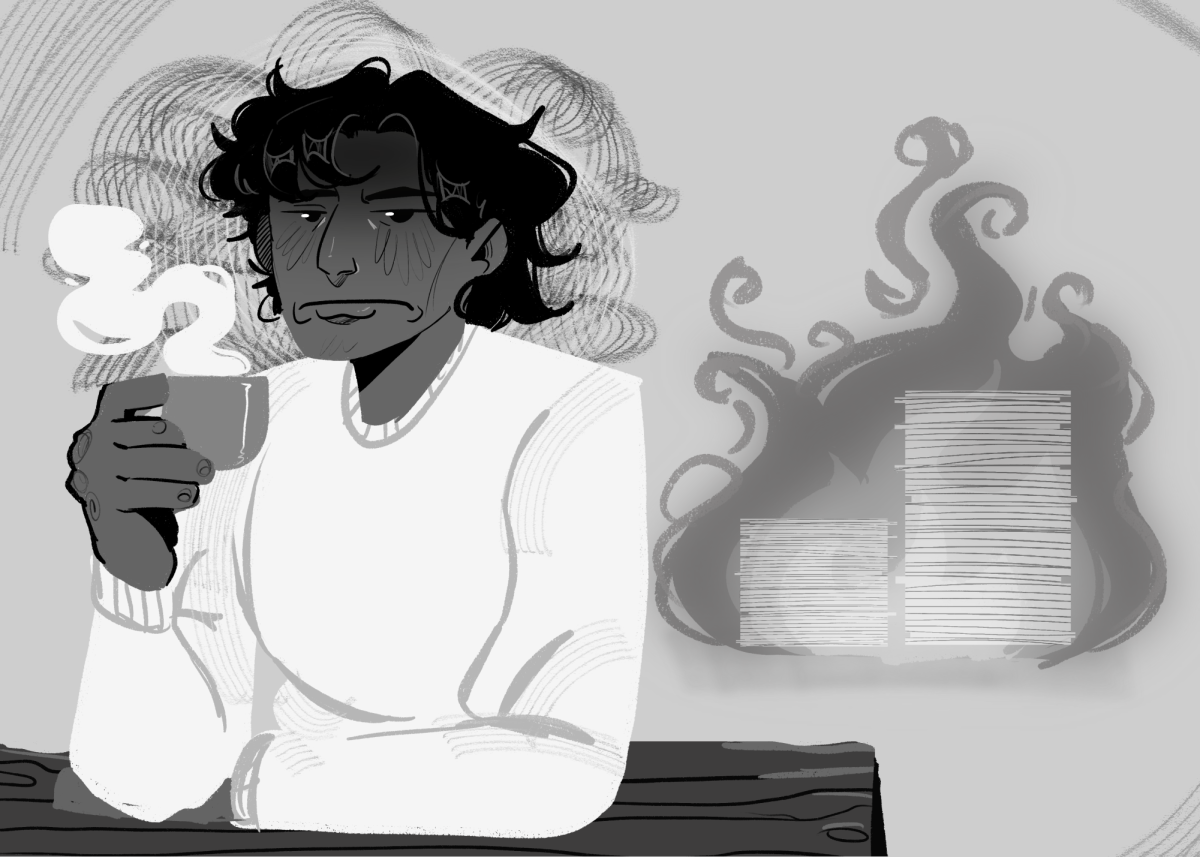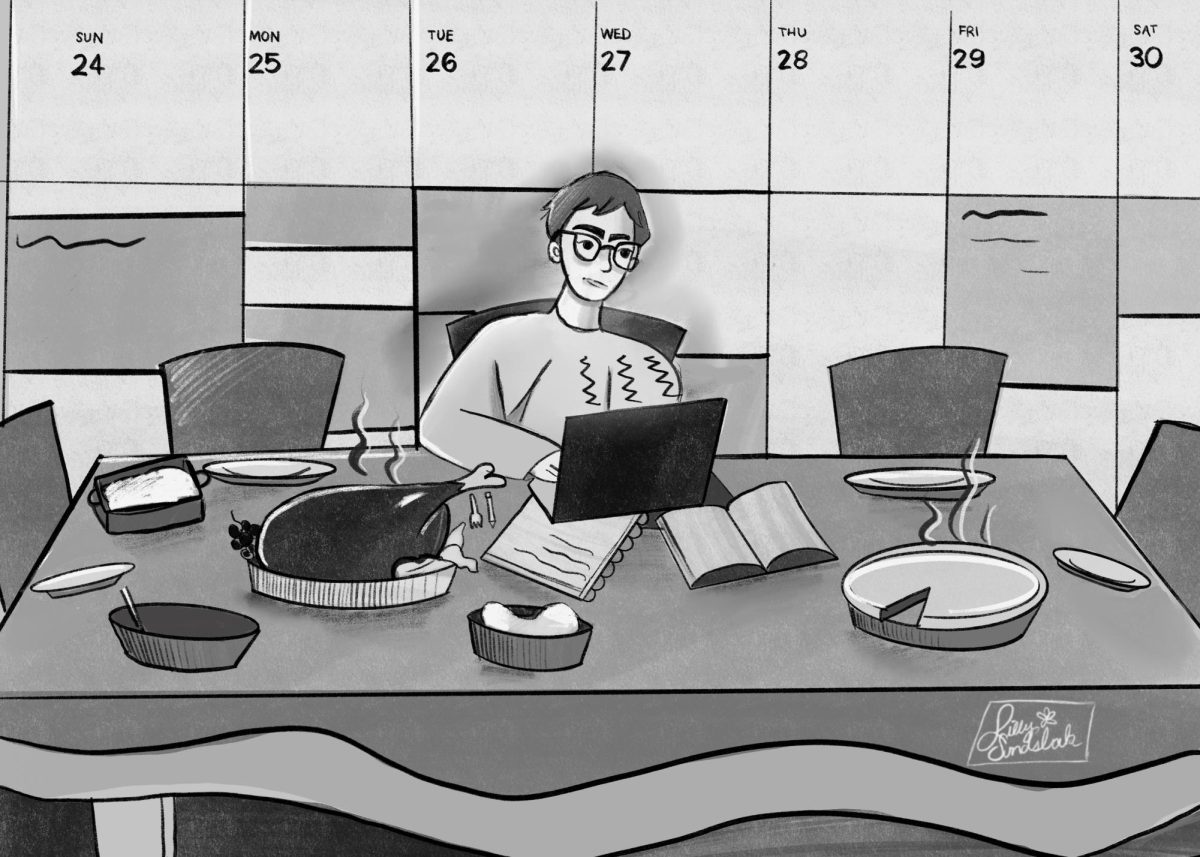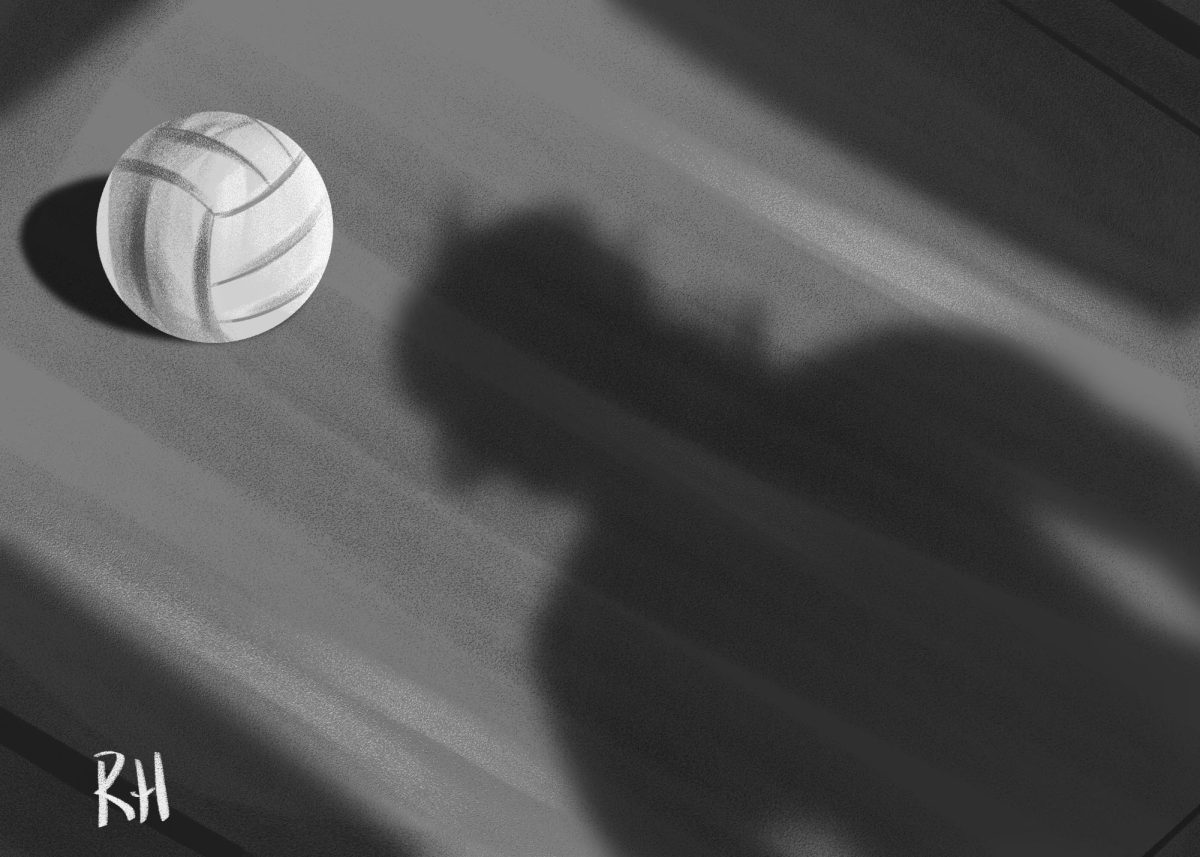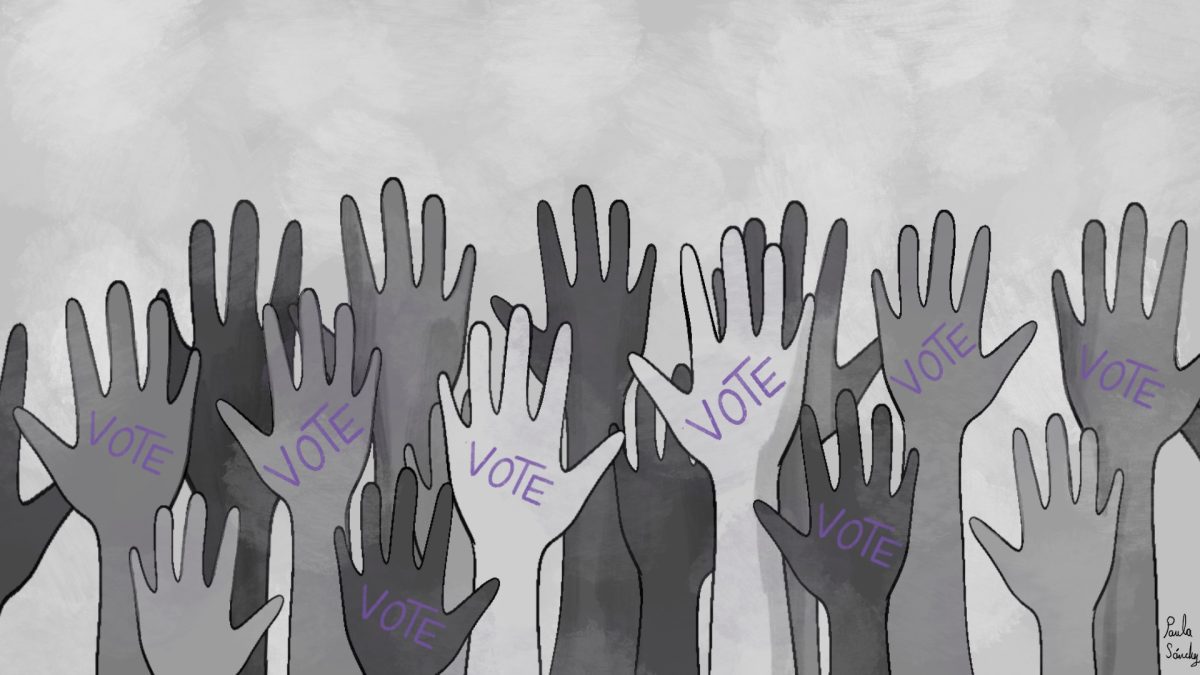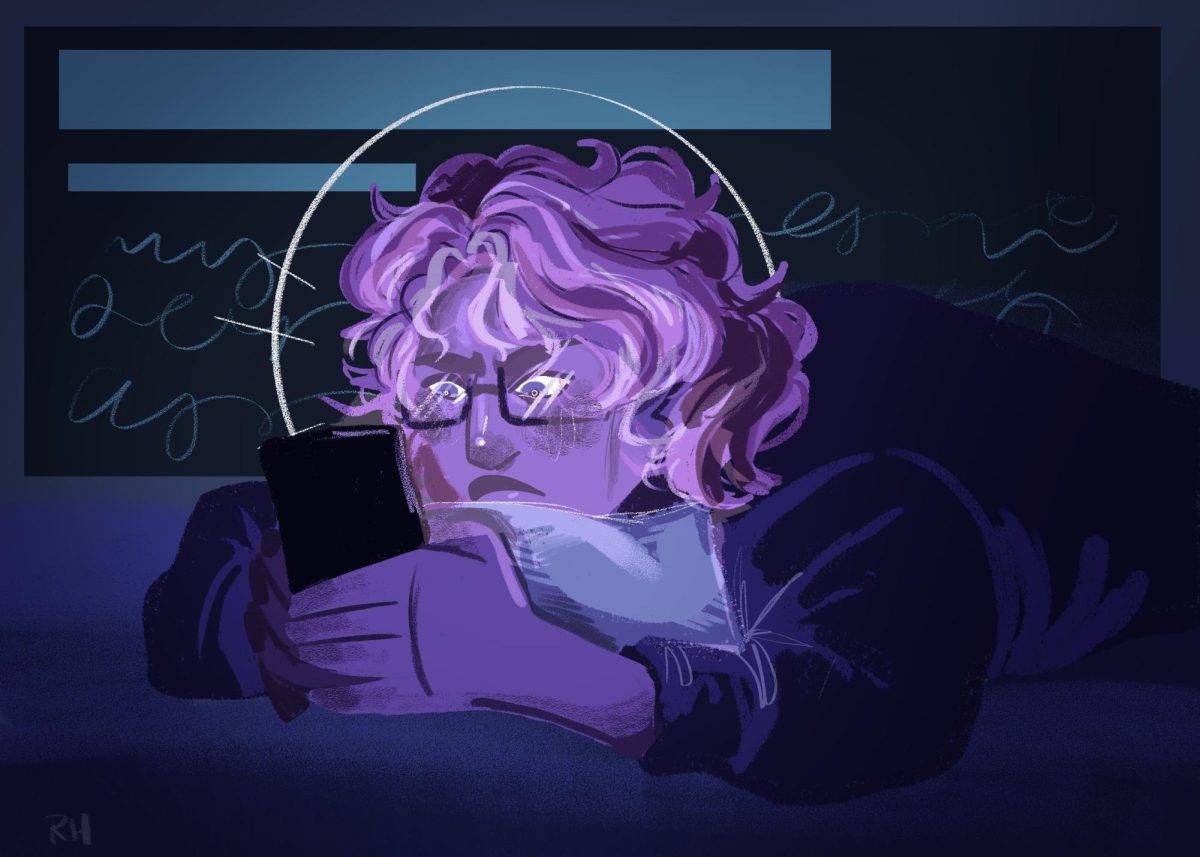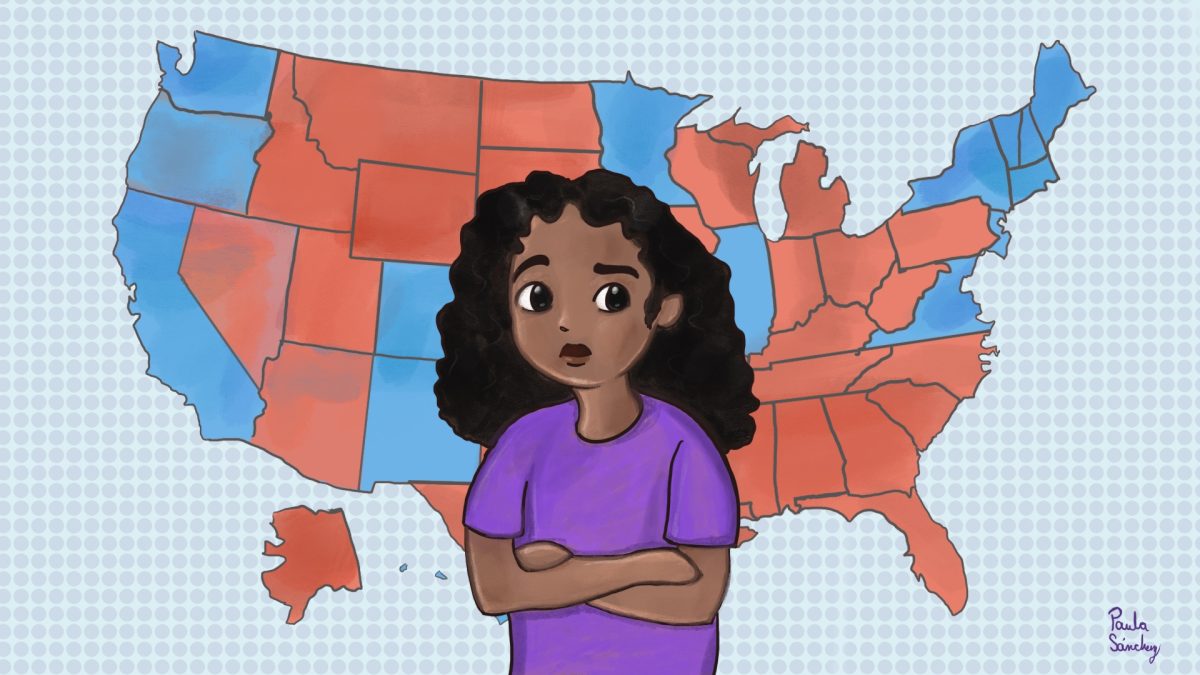As the college considers budget cuts to address the $38 million deficit, President and CEO Kwang-Wu Kim proposed in his draft advisory the potential selling of campus properties, one of which is the 624 S Michigan building that houses the college’s library.
The 15-story building was built in 1908 and purchased by Columbia in 1990. The 624 S. Michigan building not only houses the library but also holds various classrooms, faculty lounges and department offices. The library is a resource students rely on for studying, printing, using computers, meeting and even accessing a food pantry located on the second floor.
The library has approximately 200,000 volumes; however, the building itself is the “least desirable building structurally” to the college, according to Kim. The library also was not built to hold all of the weight of the books due to the floor loads. Over the past few years, the college has been strategically moving items out of the library.
What does this mean for students who use the library?
According to Library Director Jo Cates, the college is considering dispersing the resources of the library into multiple buildings on campus if the building is sold, which is not likely anytime soon because of the dismal commercial property market in downtown Chicago. Also, any decision to sell will ultimately be up to the college’s Board of Trustees, which will receive Kim’s final advisory report on May 2.
But as the college looks at the future and where a library fits on campus, it needs to consider all of the ways that students use it.
One of the buildings that can be used to house some of the resources is the Student Center, already a hub where students go to study and host club meetings and events.
Although it is not entirely a bad idea to disperse the library’s various resources across campus, one of the attractions of the library is that it’s quiet, and it’s big, with enough space for students to find their own little corner. There also are not as many events as the Student Center.
Without a single library location, the college will need to find more spaces dedicated to research, decompression and learning.
The books, while important, can be placed in storage and pulled out when needed. The nearby Harold Washington Library, part of the Chicago Public Library system, is convenient for students who want a physical space to browse and find books. Perhaps the college could even consider physically sharing a library with another one of the college’s with a downtown location.
With the growing reliance on online resources, the college can focus on what resources students use the most, which are likely textbooks and the computer lounge.
But students have to be a part of any decision.


